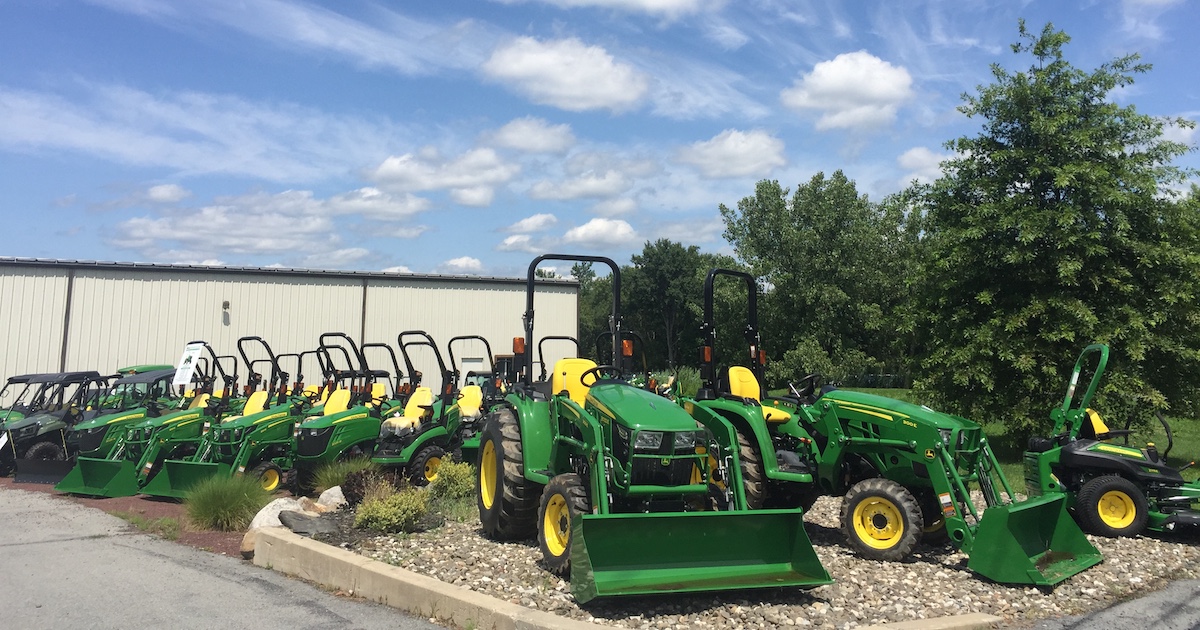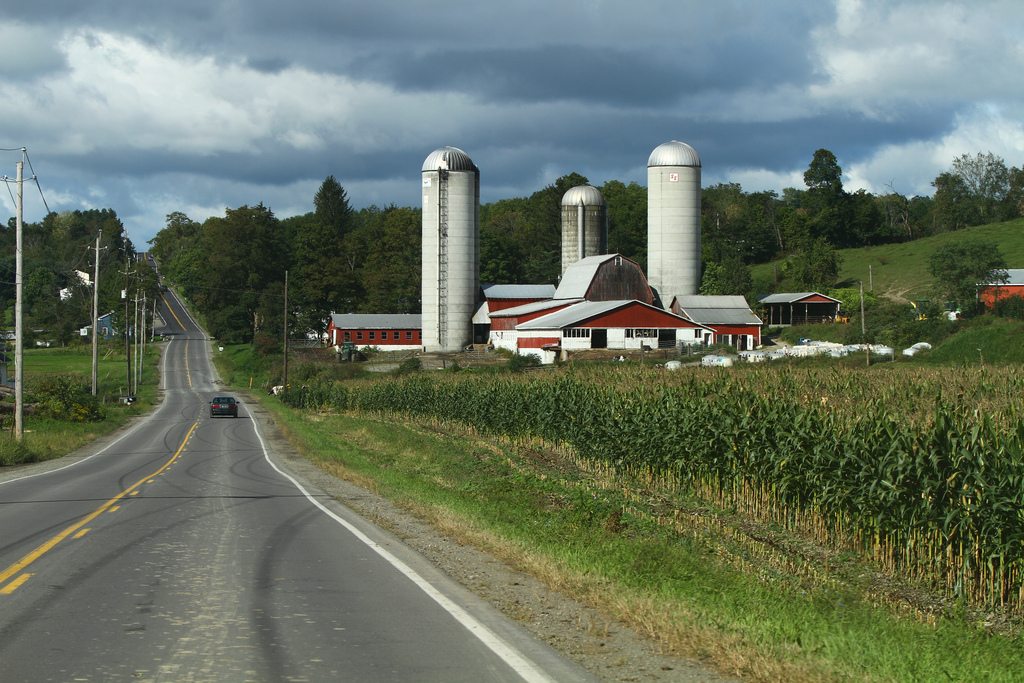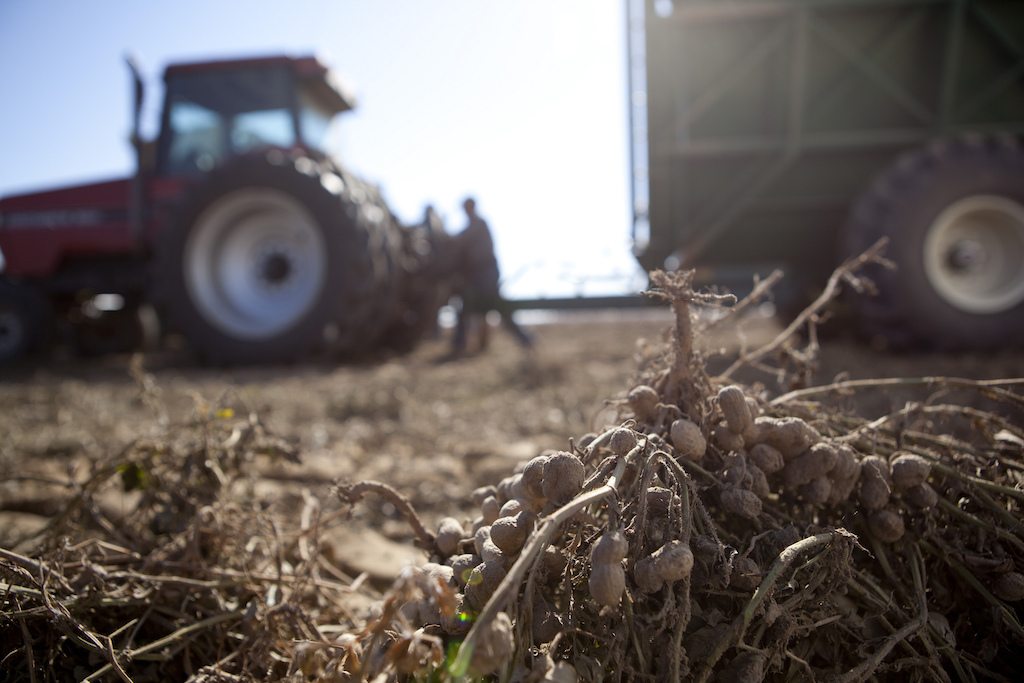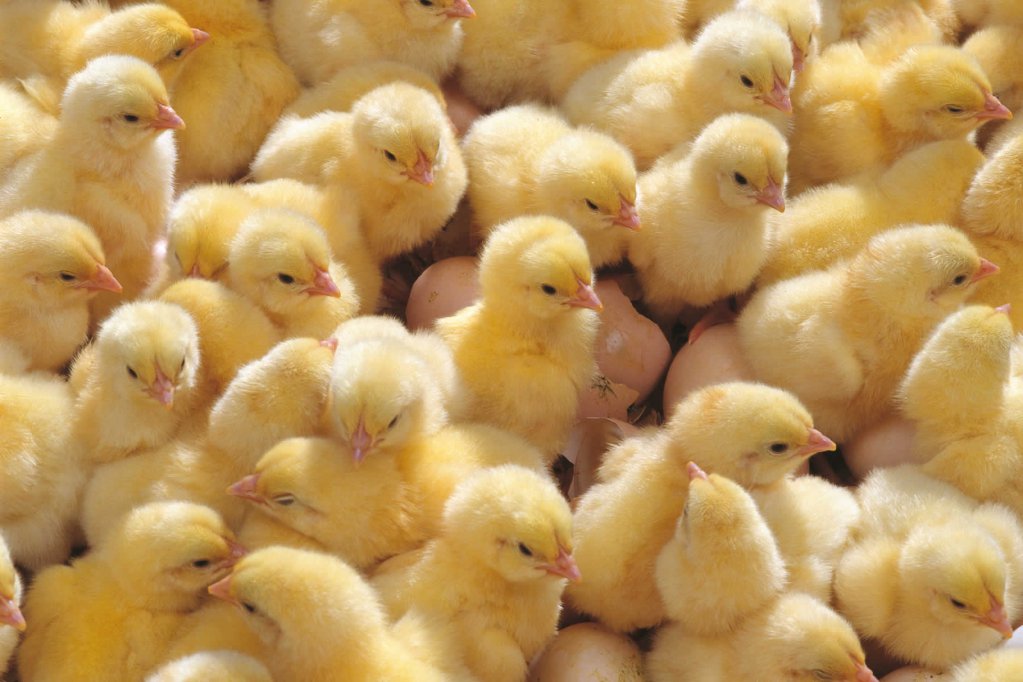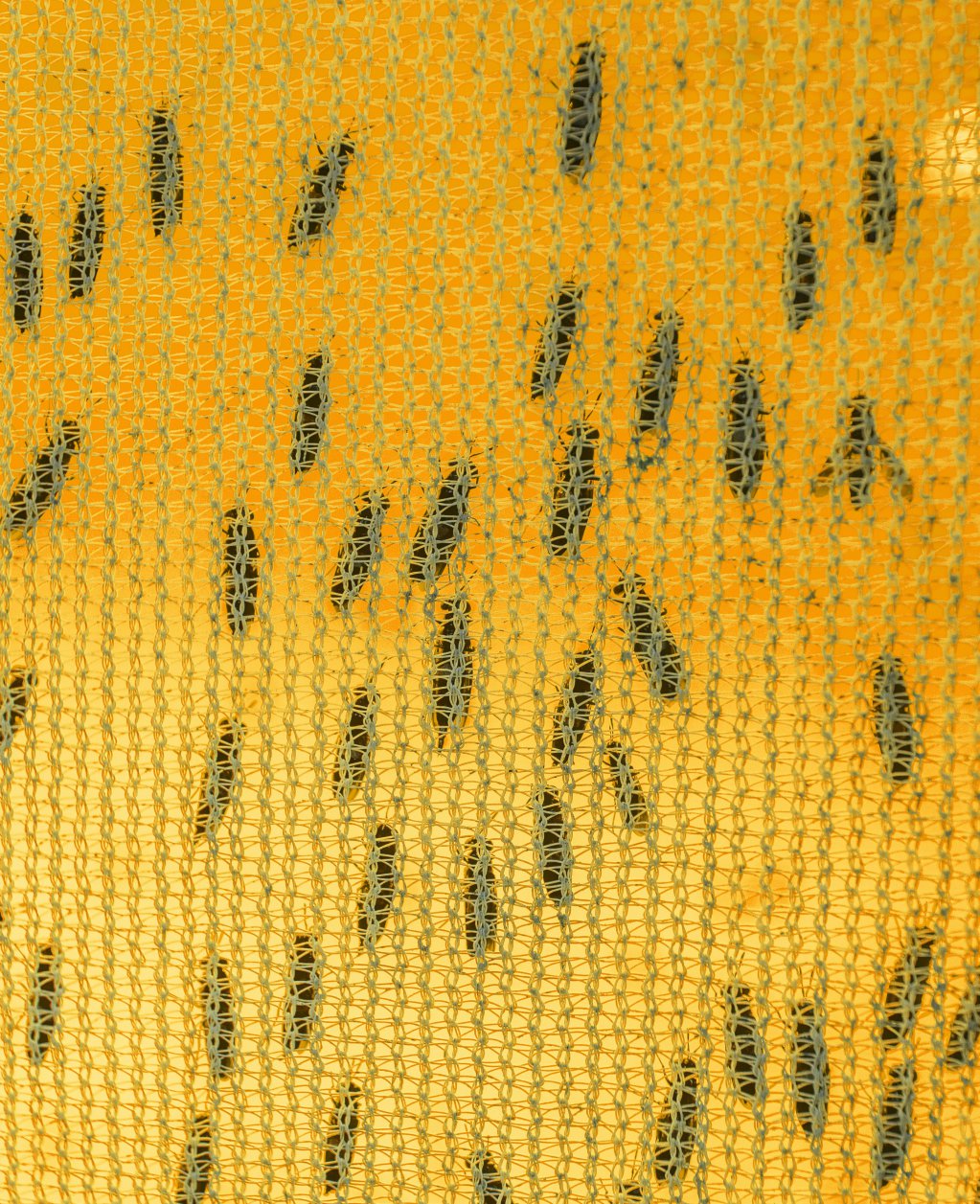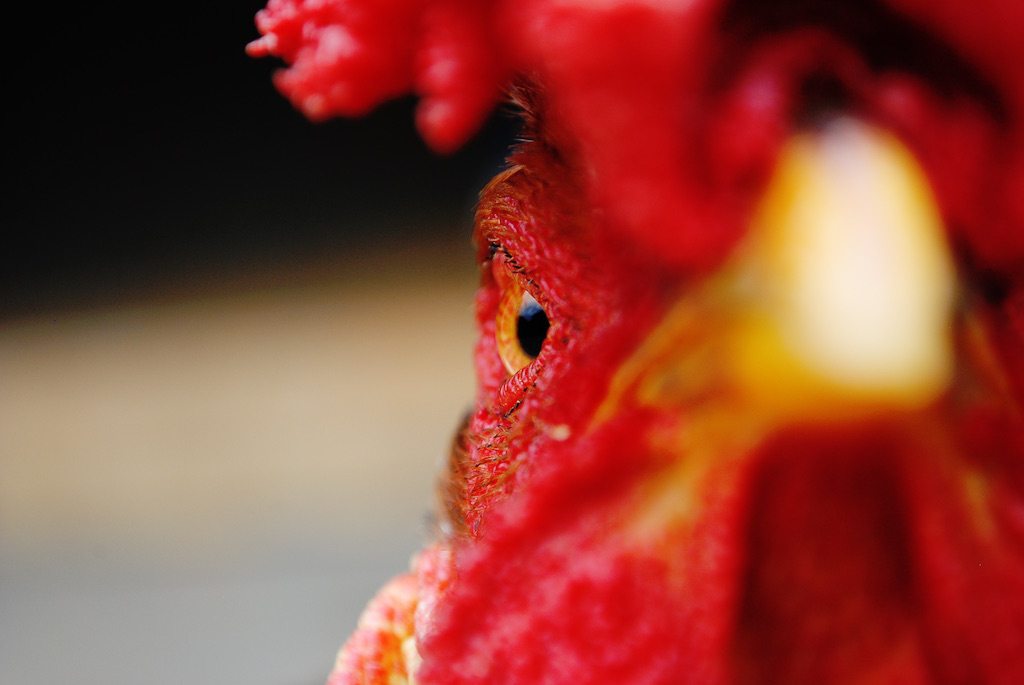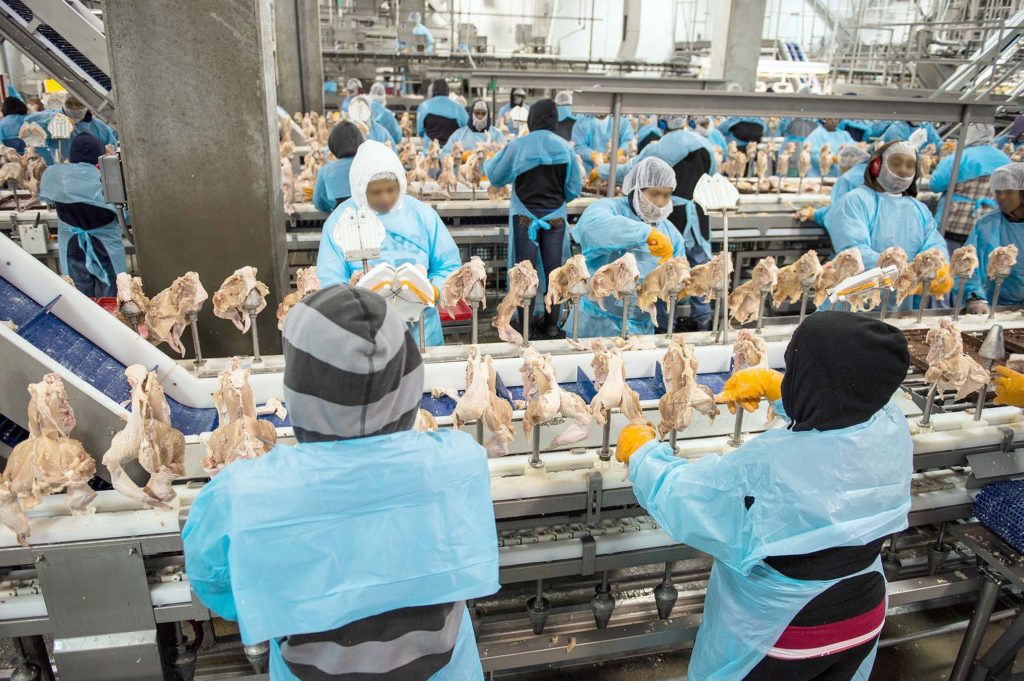The poultry industry has automated rapidly in recent years. From cloud-based feeding systems that can monitor and calibrate chicken scratch in real time to hulking robo-butchers ready to debone a chicken breast in 2.5 seconds, there’s been an emphasis on replacing manual labor with ever-sleeker (and more expensive) technology.
Many of these machines are designed to do the dirtiest, most backbreaking jobs—from the removal of built-up manure to the slaughter itself—allowing production and processing to move at a frenetic pace beyond anything flesh-and-blood people could accomplish. But a cute, French farm robot that debuted at last week’s SPACE conference is designed to displace human participation in a far more mundane aspect of the poultry business. It’s taking aim at the “walkthrough”: the way poultry growers might occasionally walk through their flocks, gently riling up the birds.
 Tibot
Tibot The Tibot Spoutnic, the world’s first autonomous poultry-farming robot
As a species, chickens are somewhat given to inertia. And when you place them in the confines of the average industrial-scale growhouse, where a thousand birds or more are squeezed into a single barn with no outdoor access, they’re not likely to move around much. To give the chickens some exercise, poultry farmers will often walk through the crowded flock to check on things and force the birds to stretch their legs. Like people, birds that get more exercise tend to be healthier, and quality issues can arise when a flock gets too sedentary.
Enter the Tibot Spoutnic, a little wheeled gadget that roves through the henhouse all day and night, making sure nobody’s standing around for too long. It’s the closest thing you’ll find to a chicken treadmill: As it trundles along the floor, emitting green light and a variety of odd noises, mildly freaked-out birds back away slowly, burning calories in the process.
 Tibot
Tibot
The company says using Tibot can result in half as many walkthroughs, an activity it calls “a tiring task that often encroaches on [the farmer’s] private life.” If it works as well as its inventors say, the walkthrough may become a thing of the past—just one more gadget distancing farmers from the animals they raise, as human beings continue to invent their way out of agriculture.


